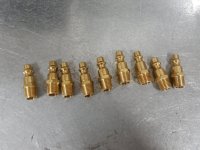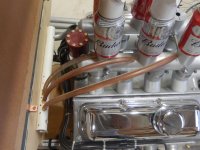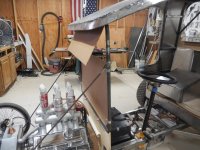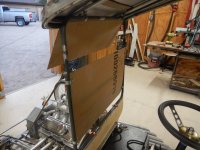Just_Ed
10 kW
Bling for the StreetRunner.
Took some time away from working on the drive train.
Got some bodywork completed and this bit of bling.
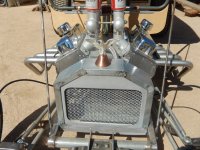
I used the eagle from my old flag pole. Mounted it to a bronze/copper cup I have, (from who knows where)
I used JB Weld to hold the eagle in place as well as the attaching stud.

Today it's back to working on strengthening the drive train components. My trial run with additional power yesterday revealed a slipping wheel hub on the axle.
My temp fix isn't strong enough to handle the torque these motors have.
Took some time away from working on the drive train.
Got some bodywork completed and this bit of bling.

I used the eagle from my old flag pole. Mounted it to a bronze/copper cup I have, (from who knows where)
I used JB Weld to hold the eagle in place as well as the attaching stud.

Today it's back to working on strengthening the drive train components. My trial run with additional power yesterday revealed a slipping wheel hub on the axle.
My temp fix isn't strong enough to handle the torque these motors have.





